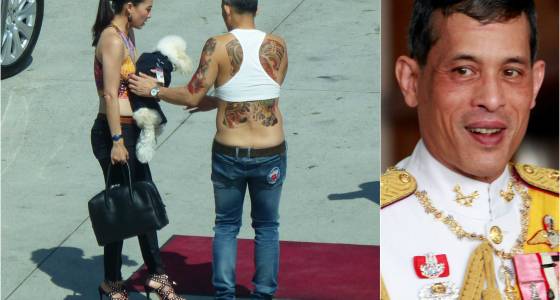|
|
| Пишет Misha Verbitsky ( @ 2016-11-29 11:36:00 |
|
|
|
|
|
|
|
|
|
|
|
|
|
|
| Настроение: | |
| Музыка: | Ambitoric 4-manifolds |
| Entry tags: | .th, smeshnoe |
Vajiralongkorn Borommachakkrayadisonsantatiwong Thewetthamrongsuboriban Aphikhunuprakanmahittaladunladet Phumiphonnaretwarangkun Kittisirisombunsawangkhawat Borommakhattiyaratchakuman
His first name at birth was "Vajiralongkorn Borommachakkrayadisonsantatiwong Thewetthamrongsuboriban Aphikhunuprakanmahittaladunladet Phumiphonnaretwarangkun Kittisirisombunsawangkhawat Borommakhattiyaratchakuman"
Новый король Таиланда, есличо.
И если его не уебошат в ближайший год-два
что очень вероятно, учитывая, что он друг Таксина,
главного модернизатора Таиланда (и главного врага
ультраправой военной диктатуры, которая правит страной).
Таиландом правит режим, поставленный
военизированными фанклубами прошлого короля при поддержке
локального аналога НОДа с буддистской фофудьей и требованиями
запретить все западное (от Интернета и до обычая чистить зубы).
Его основной оппонент, бывший миллиардер от мобильных провайдеров
Таксин, давно осужден с конфискацией, но он из-за границы
каждый раз создает новую партию и побеждает на выборах, затем
приходит военная диктатура и запрещает эту партию,
и так до бесконечности.
Привет